The Bottom Line
Introduction, Specifications, and Pricing
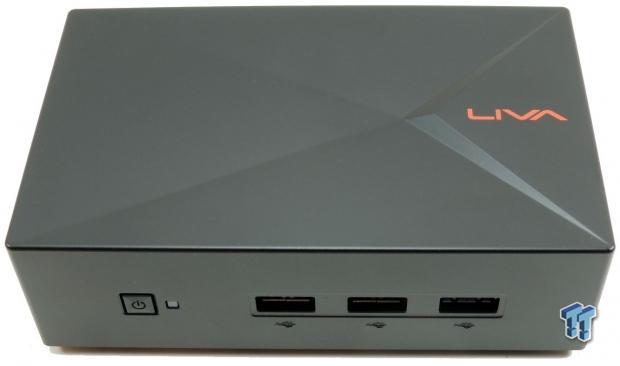
Elitegroup Computer Systems, better known as ECS, is a well-founded computer hardware manufacturer. They not only make their own products, but have been known to act as an ODM for many companies in the market. You might buy a video card from "X" brand, but ECS might actually be the manufacturer that manufactured that device.
Because of this large range of manufacturing possibilities, ECS is able to make whatever they want to their own specifications. ECS is looking to get into the Small Form Factor PC game, and the LIVA X is their second release, aimed at a market that is all about low power and noise. The LIVA X uses a fanless design, rather a large heat sink cools down the Bay Trail SOC, making it a 0dB computer.
Specifications
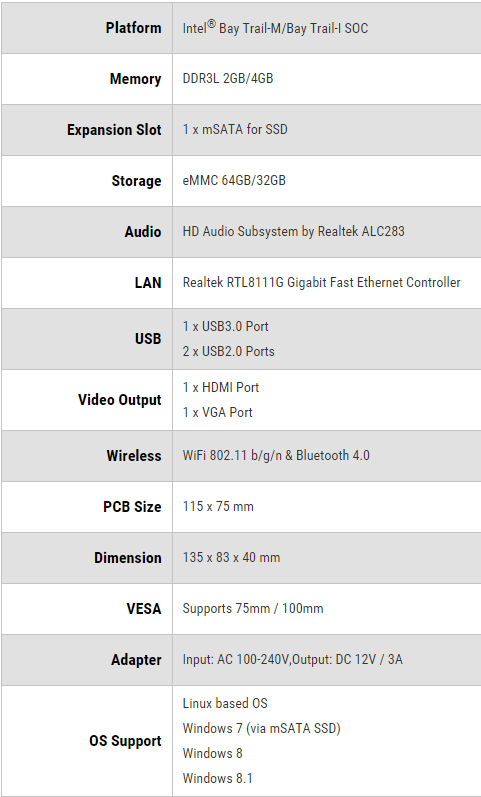
The CPU is an Intel Bay Trail SOC, the Celeron N2808, which is a dual-core 22nm CPU running at 1.58GHz (with a 2.25GHz Turbo). The CPU has an extremely low TDP of only 4.5W, which is lower than some chipsets on mainstream motherboards. The CPU also supports a maximum of 4GB DDR3L, and the model tested features that maximum 4GB of memory soldered directly onto the board itself.
The sample also carries a 64GB eMMC drive, and I installed Windows 8.1 on it. ECS's website states that in some regions Windows 8.1 will come pre-loaded, so you should check that out and don't assume it comes with an OS. ECS made sure to include a second storage option, an empty mSATA slot, so you can install Windows 7 and expand storage how you see fit.
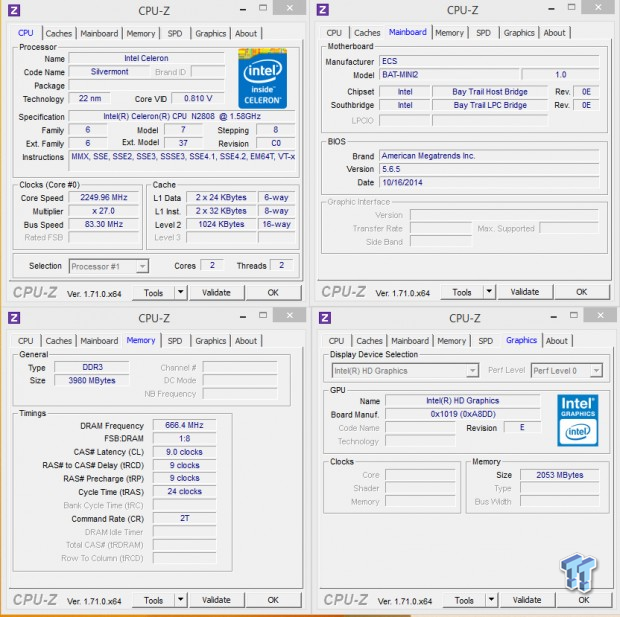
Pricing
The LIVA X is priced at $249.99 for the 4GB/64GB (DRAM/eMMC) version and $209.99 for the 2GB/32GB version. This price doesn't include Windows 8, which puts it on the expensive side when compared to some other units which include the OS.
However, ECS is aiming to provide a combination of features that some other SFFPCs might not have, such as dual display outputs (you can use the D-SUB and HDMI outputs at the same time for dual displays), mSATA, and 0dB operation.
PRICING: You can find the ECS Elitegroup Liva LIVA-XBAT2NBW-464 Desktop for sale below. The prices listed are valid at the time of writing but can change at any time. Click the link to see the very latest pricing for the best deal.
United States: The ECS Elitegroup Liva LIVA-XBAT2NBW-464 Desktop retails for $249.99 at Amazon.
Packaging and System
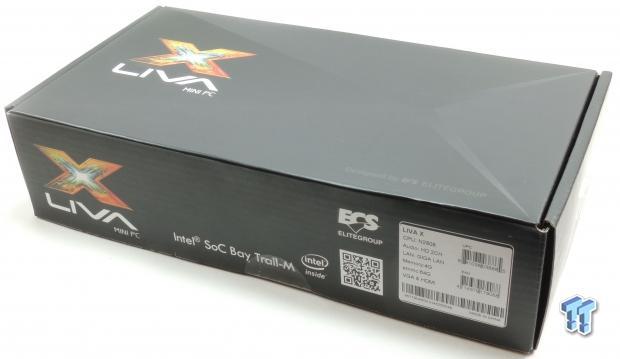
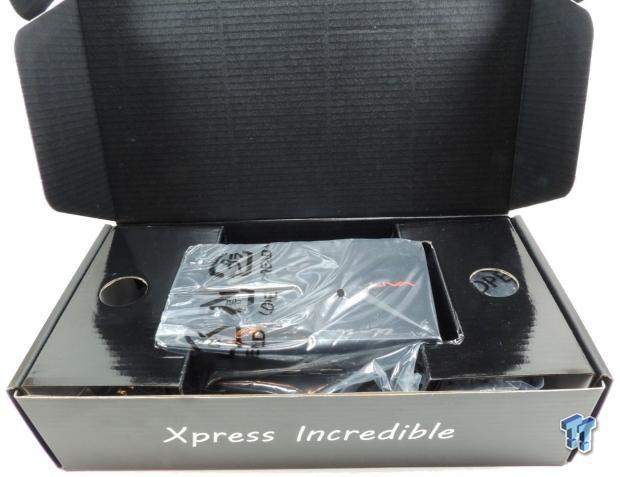
The box is very small, and the device only sits in the center of the box. The product is well protected from the elements during shipping.
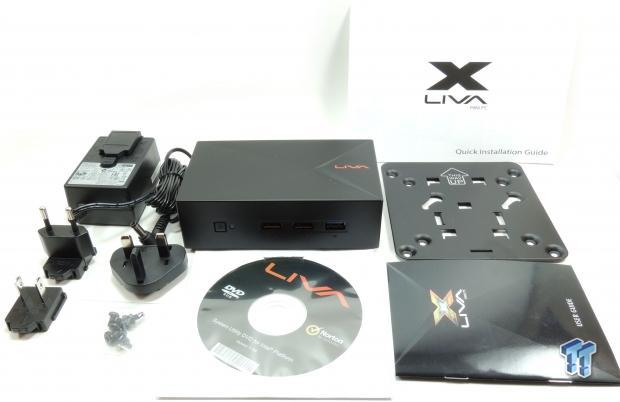
I didn't expect all these different wall socket adapter inserts, but it is nice that they are all included. They snap into the wall socket adapter. The adapter provides 12v@3A which hints at extremely low power consumption. A VESA mounting plate is included with all the proper screws. The included DVD holds the drivers you might need for Windows 8 or earlier operating systems.
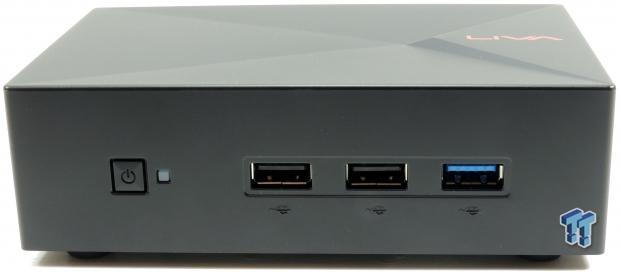
The power button, two USB 2.0 ports, and a single USB 3.0 port are located on the front bezel.
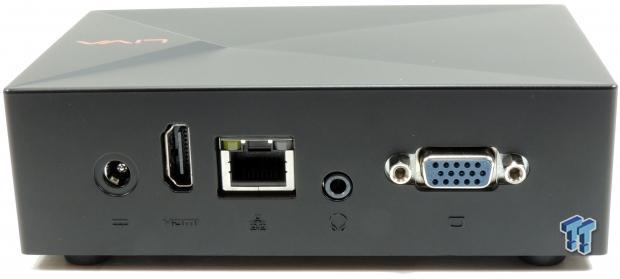
The LIVA X has a RJ-45 LAN port as well as dual display outputs (D-SUB and HDMI). A headphone jack is also supplied.
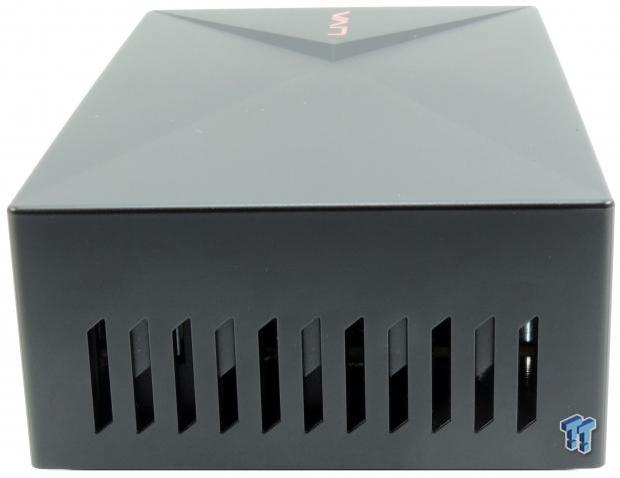
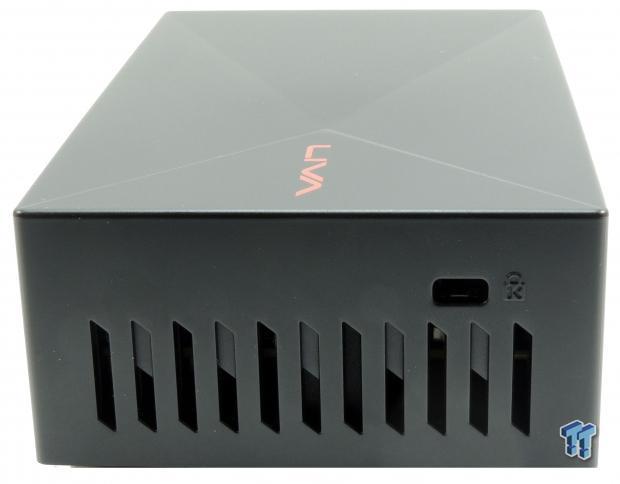
There are slits on both the right and left sides, and a Kensington lock port to secure the device. While the outside is a smooth plastic, the inside has a rigid metal frame.
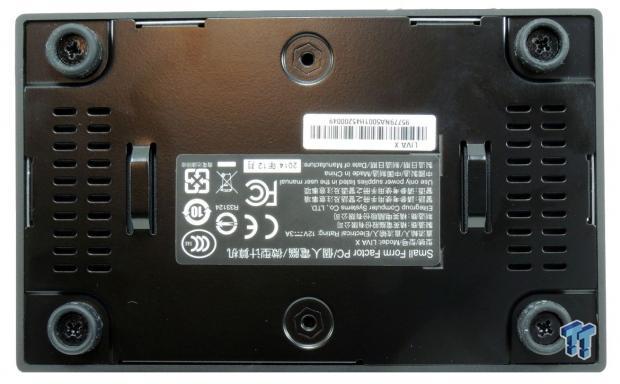
Each of the four legs have a rubberized pad to ensure that the device doesn't slip off your desk. Removing those four screws will allow you to open the LIVA X, but unless you want to install an mSATA drive, there is no need to do so.
Teardown of the LIVA X
The Teardown
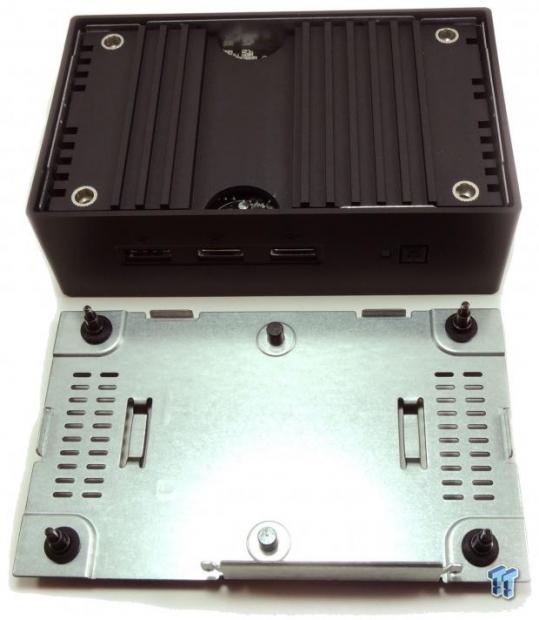
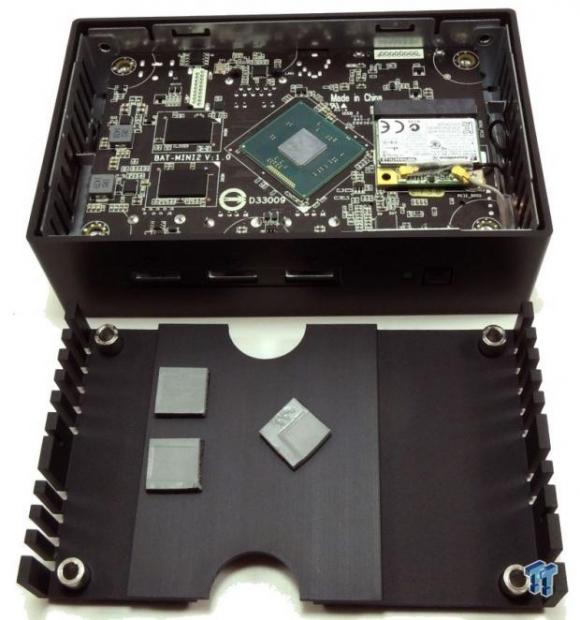
The four screws actually compress the large heat sink against the SOC. It is extremely simple to remove and the heat sink doesn't use paste, instead it uses thermal pads to make contact with the Celeron SOC and two of the memory chips.
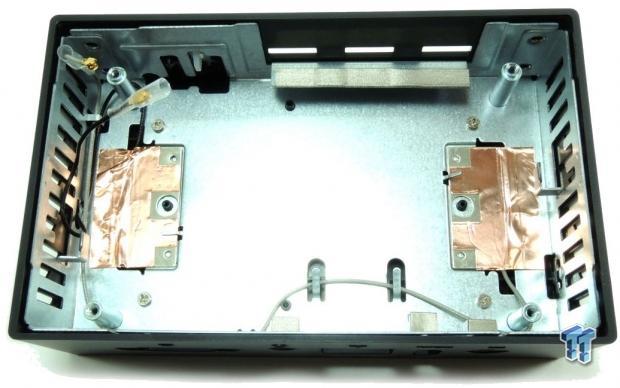
To actually remove the PCB out of the chassis, you need to unscrew the D-SUB (VGA) port screws, and then it just comes right out. The internal parts of the chassis are all aluminum, and dual antennas (WIFI and BT) are integrated.
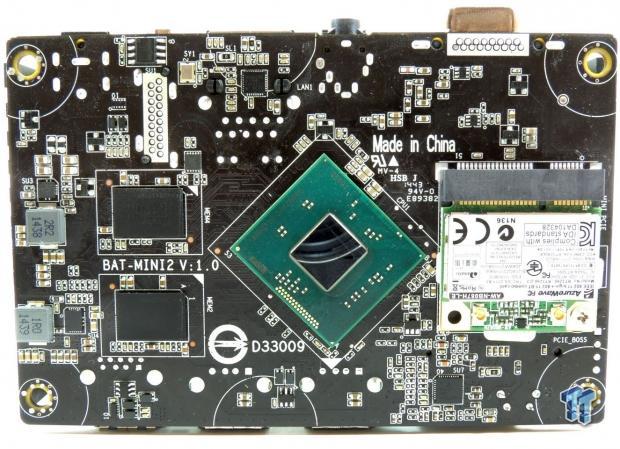
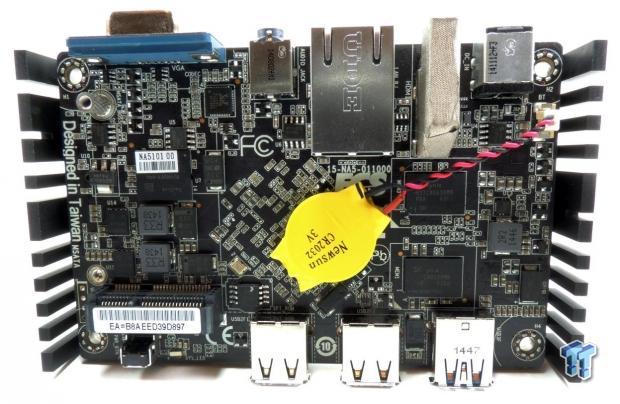
The mSATA port is located on the bottom of the PCB, so you have to remove the PCB to install it. The WIFI/BT card and the SOC are located on the topside. A battery for the CMOS is located on the bottom.
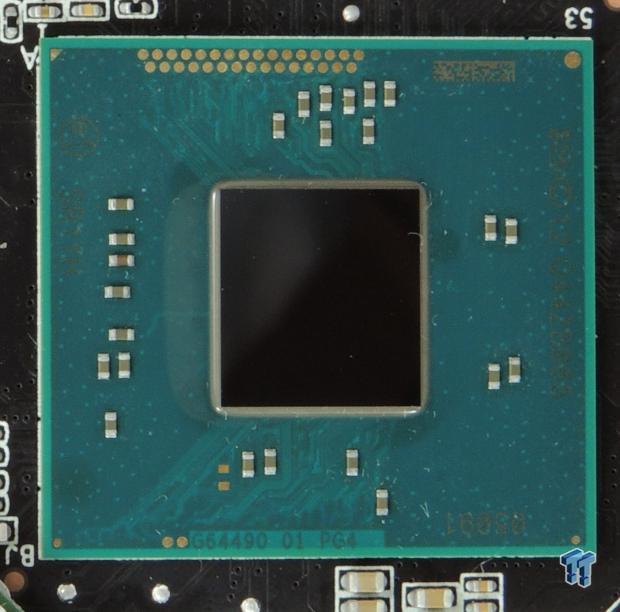
This is the Intel Celeron N2808 which is a 22nm Bay Trail SOC. This SOC can turbo the CPU to 2.25GHz and the Intel HD graphics to 792MHz. It supports four PCI-E lanes, two SATA ports, and up to two displays. ECS has taken advantage of these specifications by adding in the mSATA slot and both display outputs.
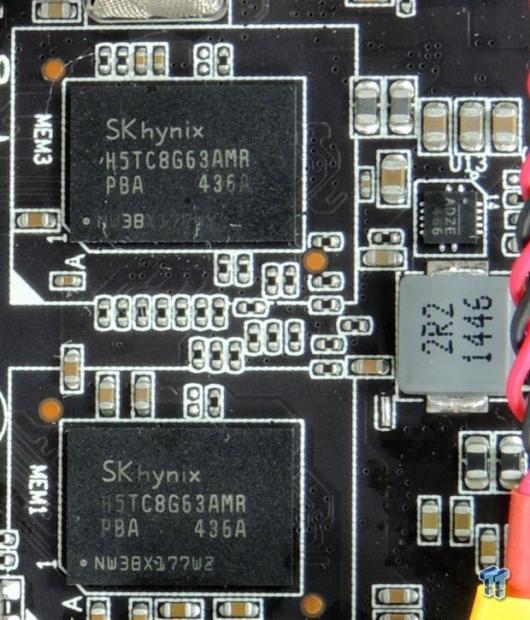
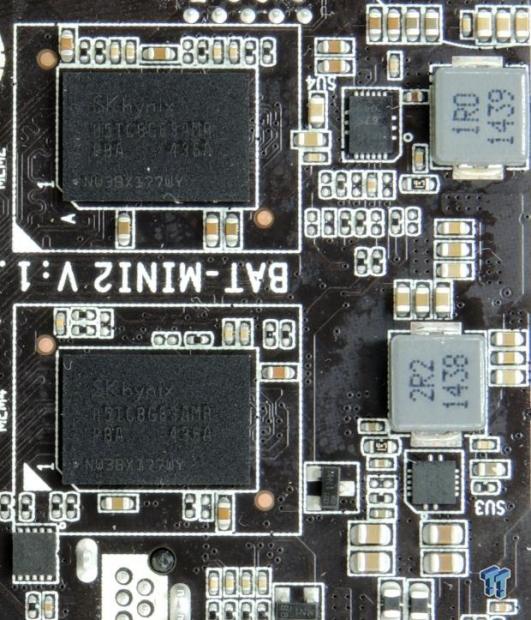
Four Hynix H5TC8G63AMR provide 4GB total (4x1024MB) DDR3L memory. You can also see the integrated VRMs for each set of low power memory.
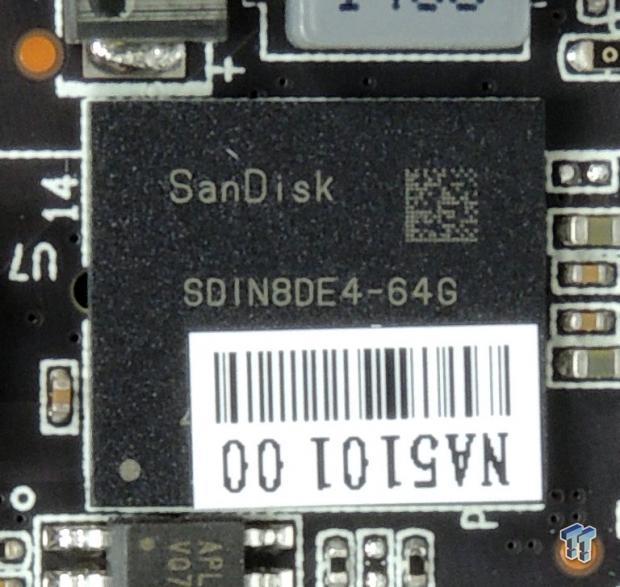
The SanDisk SDIN8DE4-64G is a 64GB eMMC which uses MLC NAND.
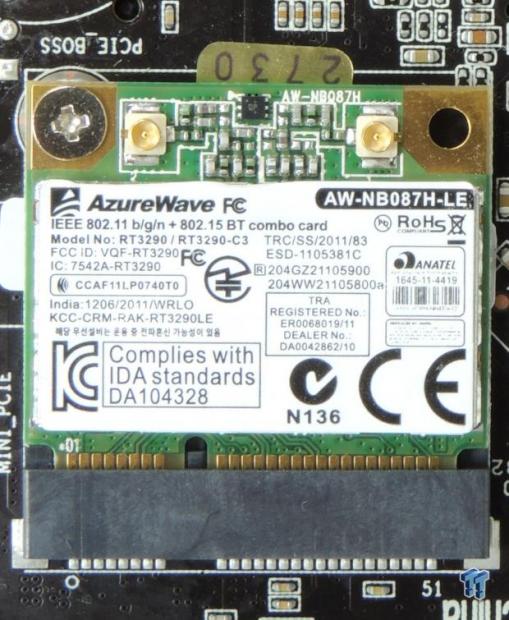
This is an AzureWave RT3290 which is a WIFI 802.11 b/g/n and Bluetooth 4.0 combo card.
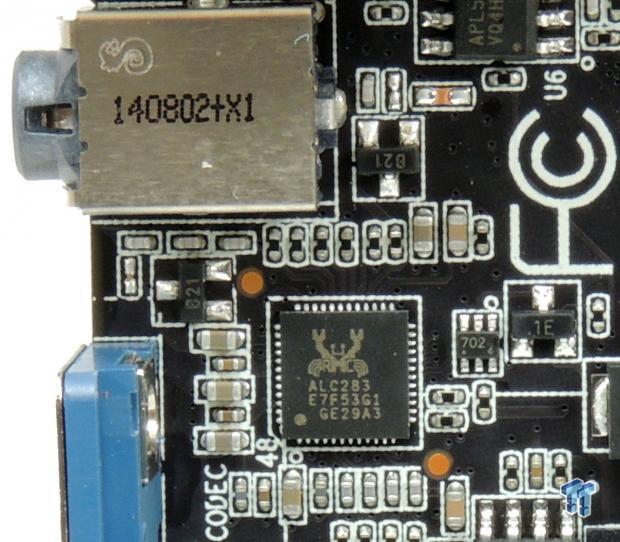
The Realtek ALC283 is a two channel audio codec which powers the single headphone/speaker output.
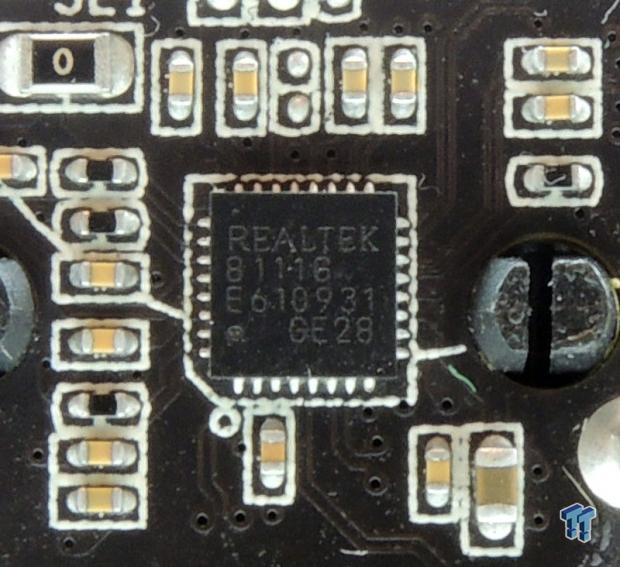
The Realtek RTL8111G is a 1GBit NIC which is used to power the RJ-45 LAN port.
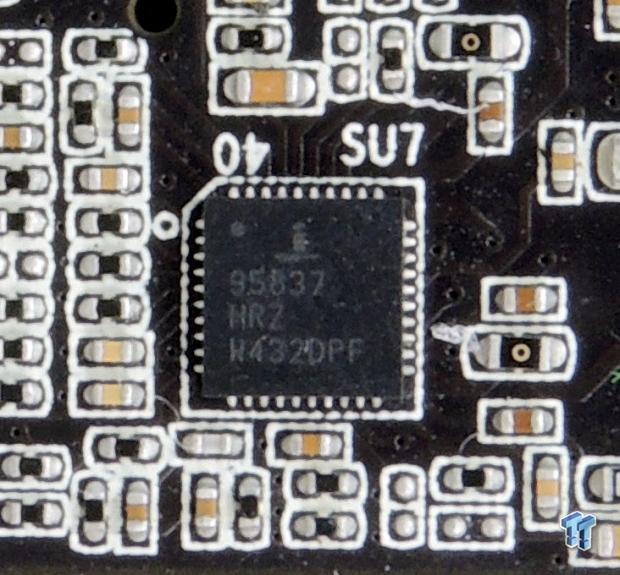
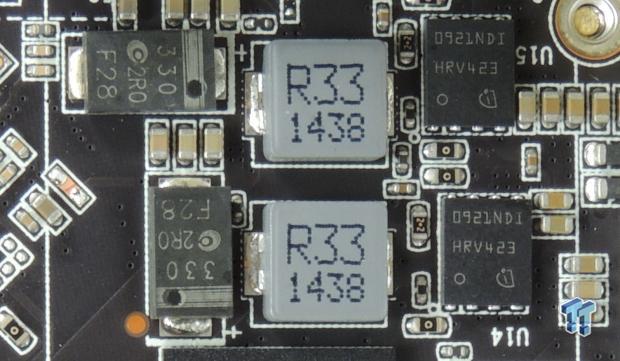
This is an Intersil ISL95837, which is a 1+1 phase PWM. It can power two separate single phase systems. It does provide up to three internal drivers, in case a manufacturer wants to double phases. ECS is using two Infineon Dual OptiMOS BSC0921 which each include a high and low side MOSFET. These are very high quality MOSFETs, and can do up to 40A each. The MOSFET selection is overkill, which ensures cool operation.
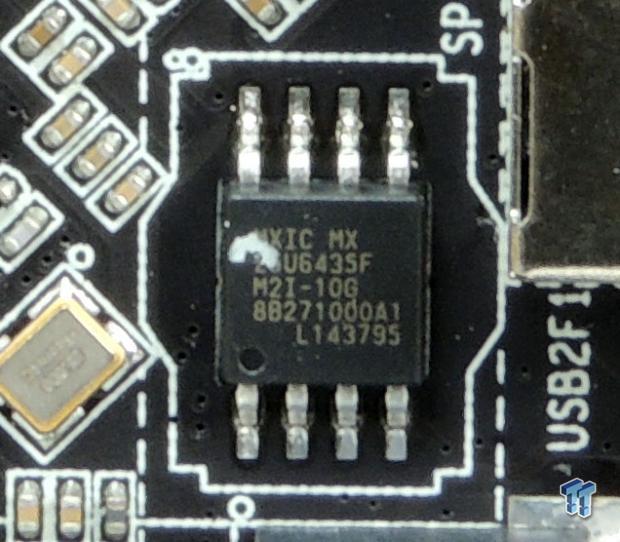
This is a 64Mbit BIOS ROM used for the ECS BIOS.
BIOS and Software
The BIOS is very simple (as expected from such a system), as there isn't much tuning you can do. However, if you are trying to configure devices, it might be worth it to see what options are offered.
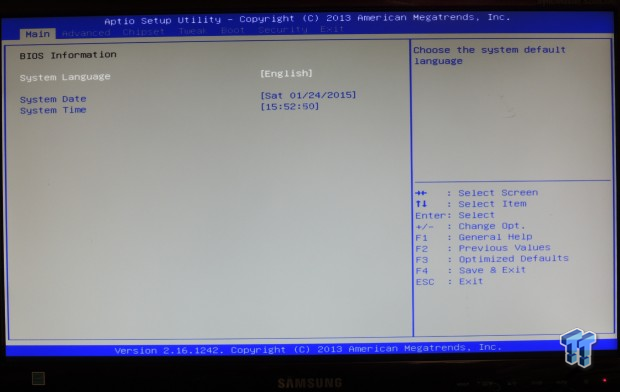
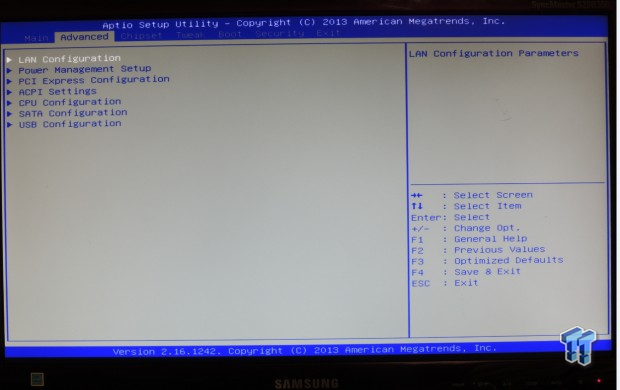
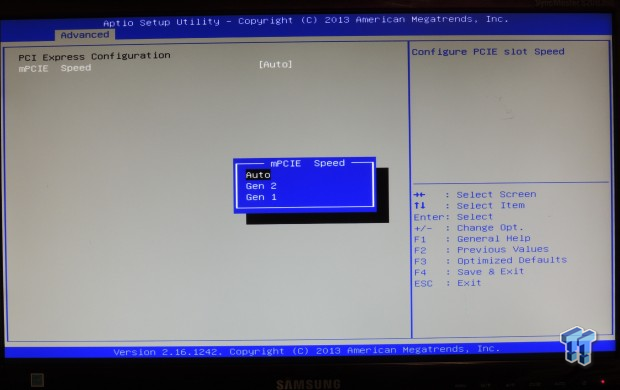
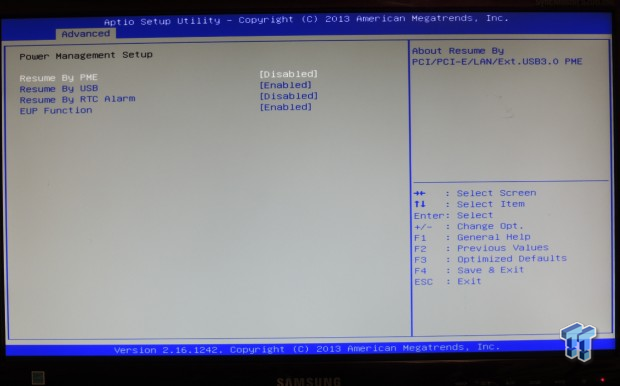
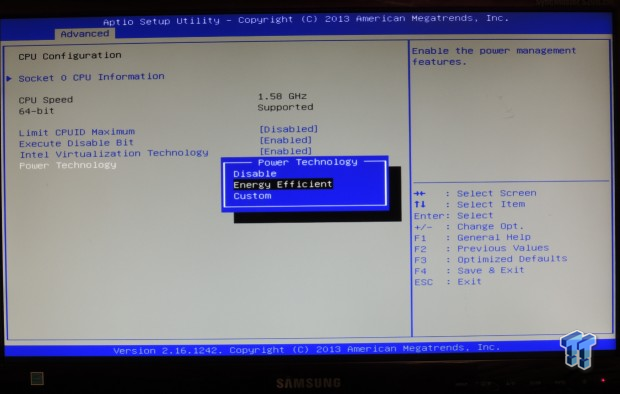
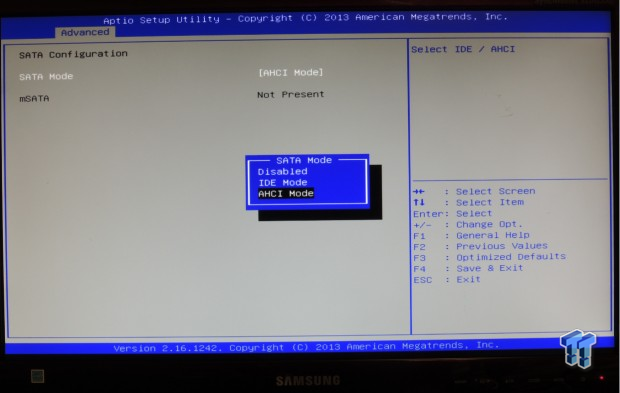
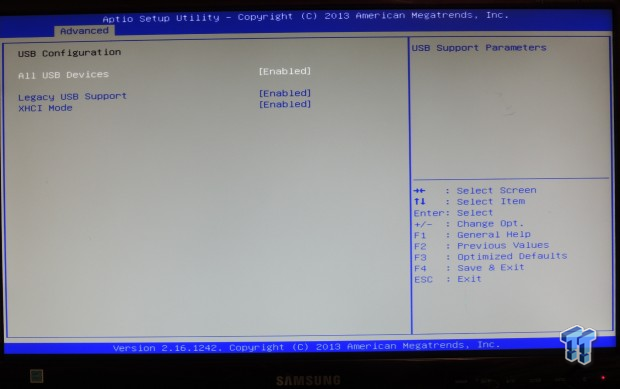
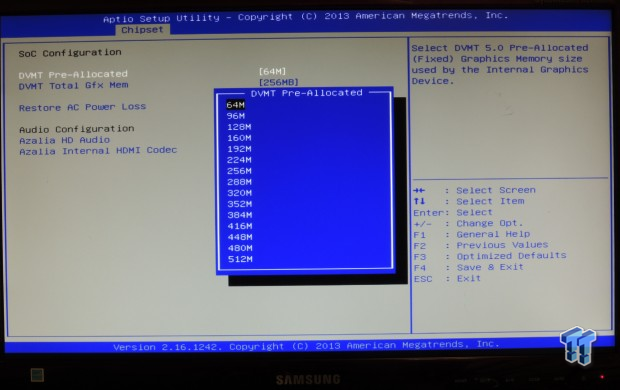
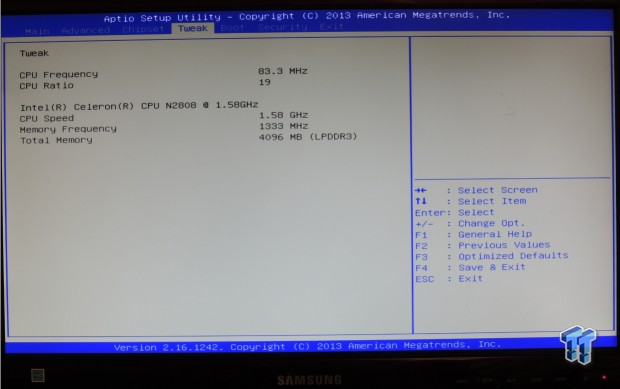
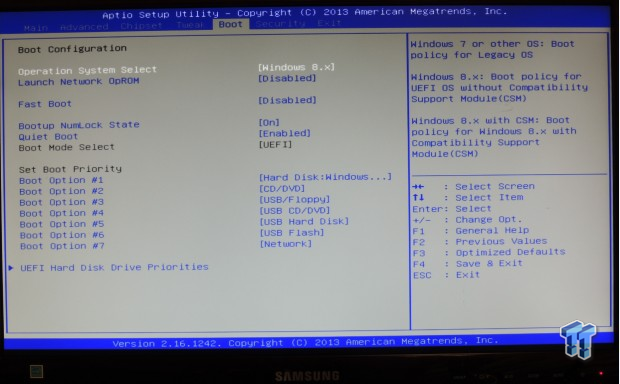
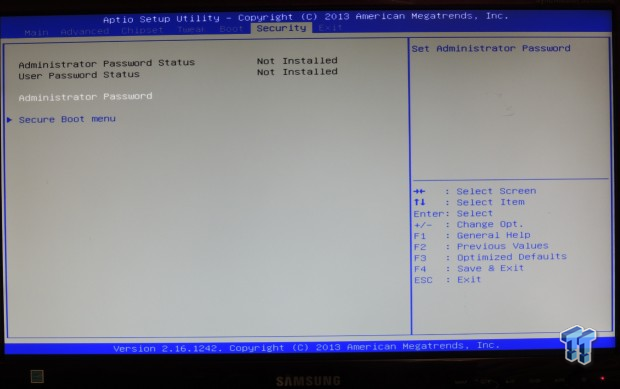
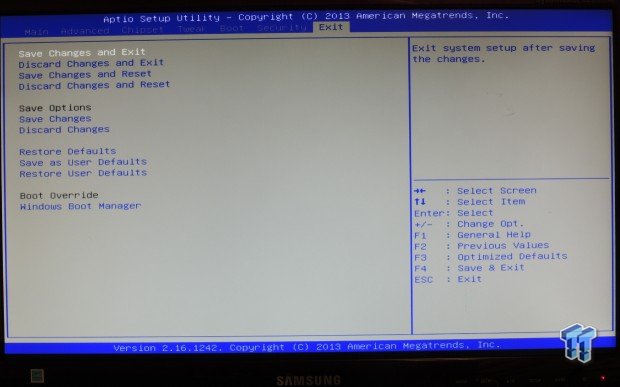
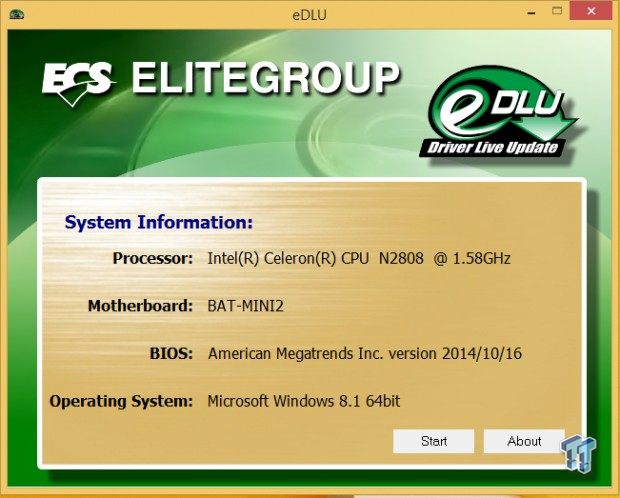
ECS provides two update utilities; the more useful is this driver update utility to make sure all your drivers are up to date and there is also a BIOS update utility.
CPU, Graphics, and System Benchmarks
CPU Benchmarks
The Zotac CI320 (reviewed here) also uses a Celeron N2930 CPU with similar clocks; however it has double the cores (4 vs 2) of the Celeron N2808 that the LIVA X uses.
CINEBENCH 11.5
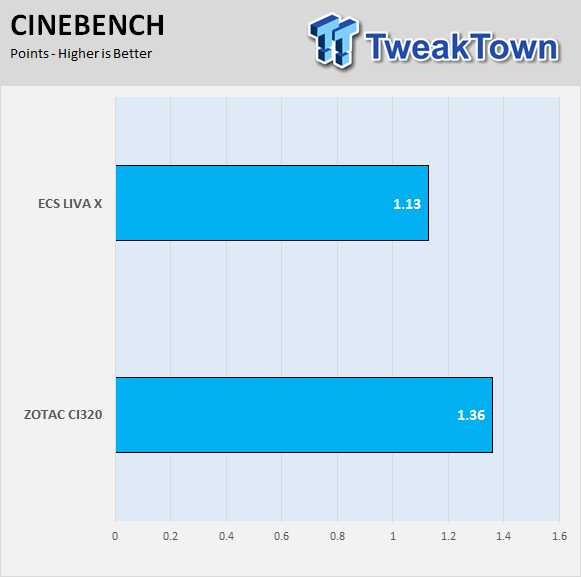
wPrime v2.10
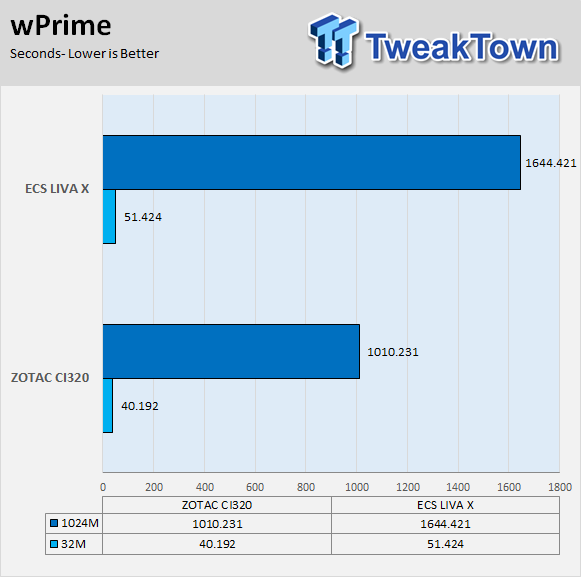
The higher number of CPU cores of the Zotac system make it the winner in the CPU tests.
Graphics Benchmarks
3DMark Vantage
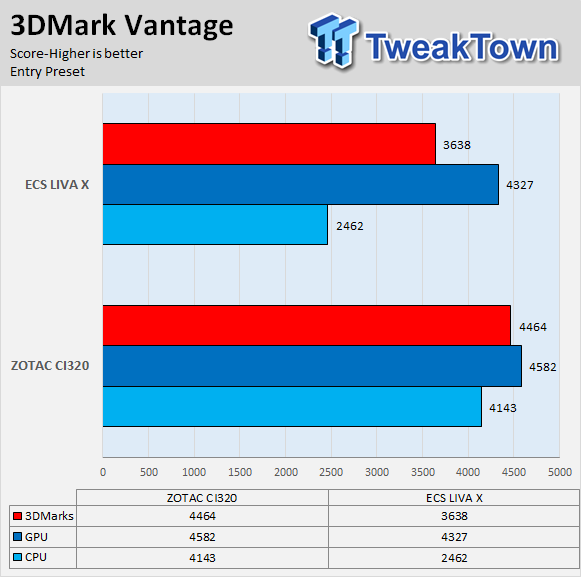
3DMark11
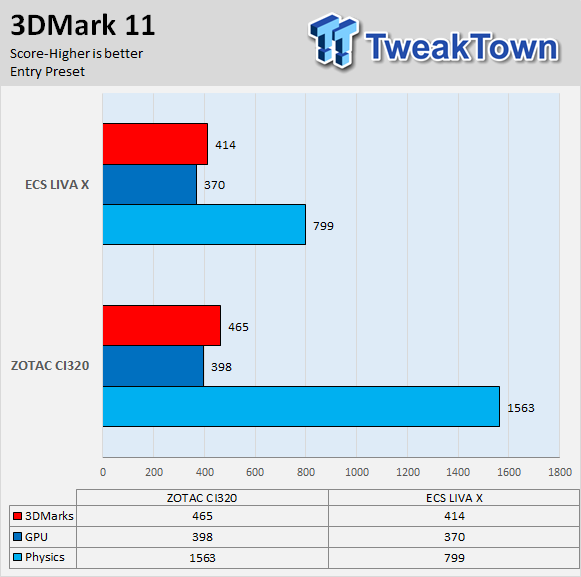
Both systems have similar graphics setups, however, the difference in the CPUs makes the scores differ.
System Benchmarks
PCMark8-Conventional Work Test:
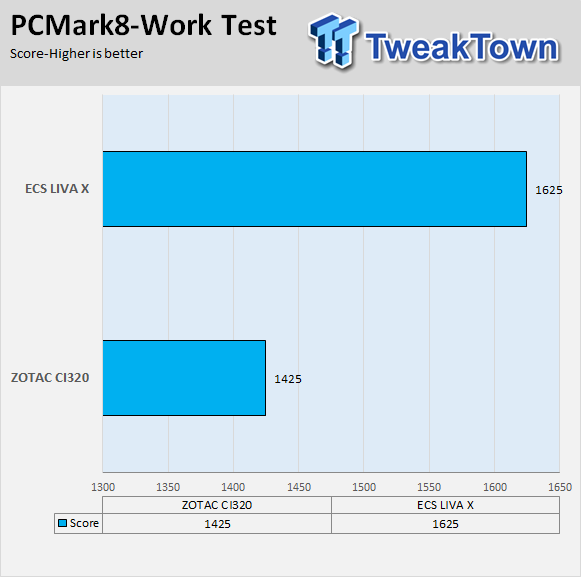
I actually expected the LIVA X to win in this one. The LIVA X has better RAM setup and this is where that shines.
CrystalDiskBench-Read:
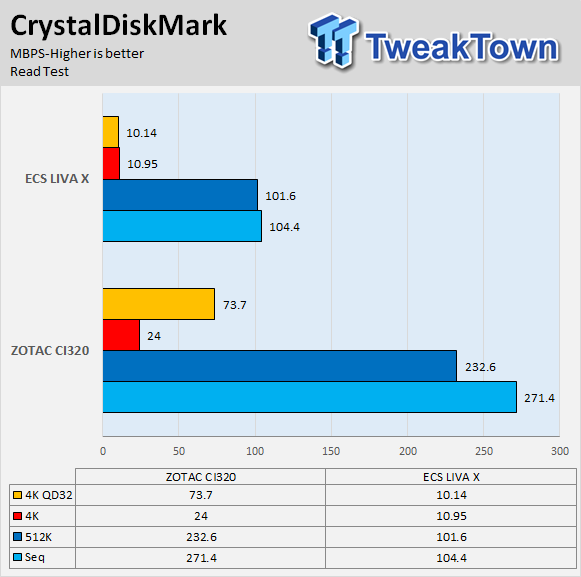
CrystalDiskBench-Write:
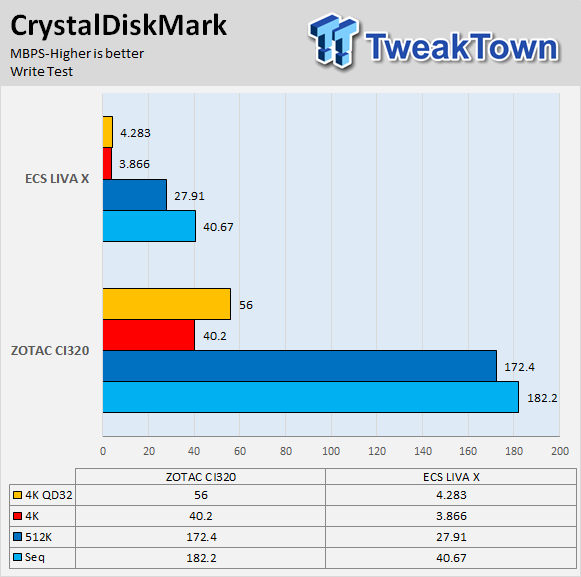
The eMMC gets beat here by the normal 2.5-inch SSD that the Zotac system uses, however, we will see the impact of using eMMC compared to a standard SSD in the power consumption tests. The LIVA X is capable of housing an mSATA drive, which could beat the drive included in the Zotac system, but that is an aftermarket upgrade and outside the purview of this review.
Temperature and Power Consumption
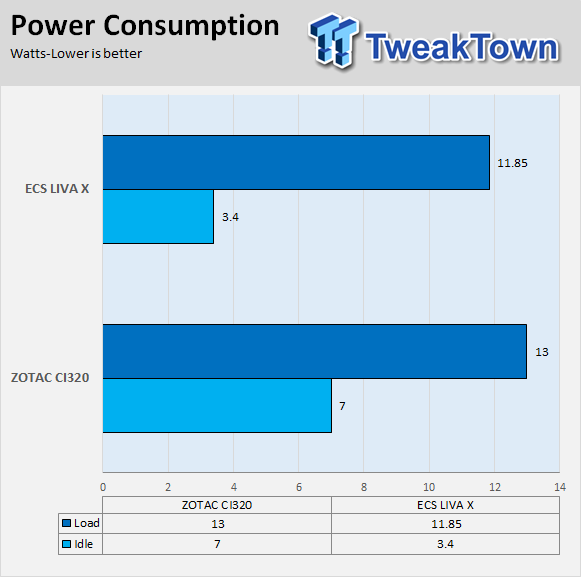
The LIVA X is the clear winner when it comes to power consumption. While it might not be the fastest box on the market, it does a great job conserving power.
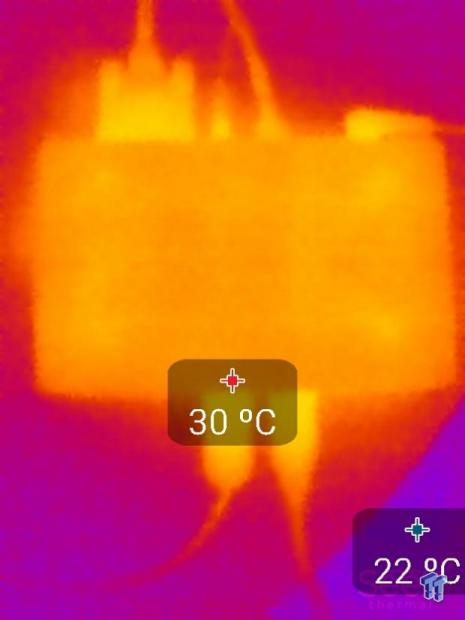
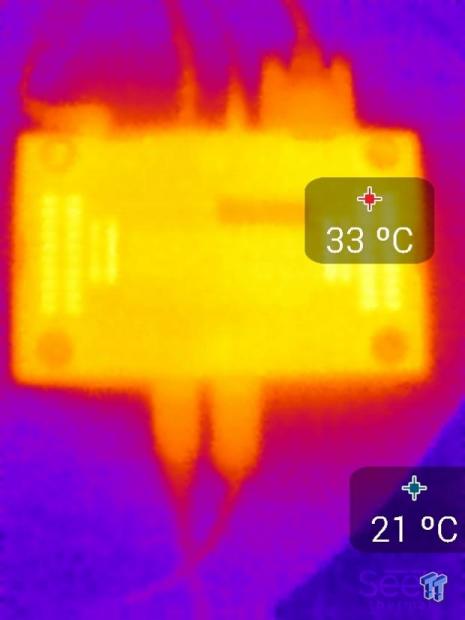
These shots are of the top and bottom of the LIVA X while it is sitting idle.
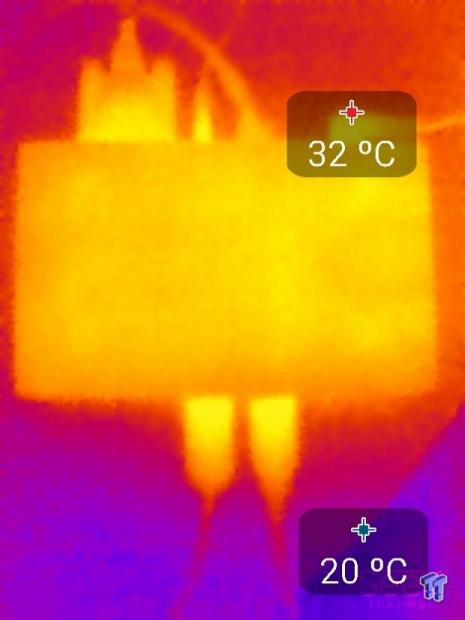
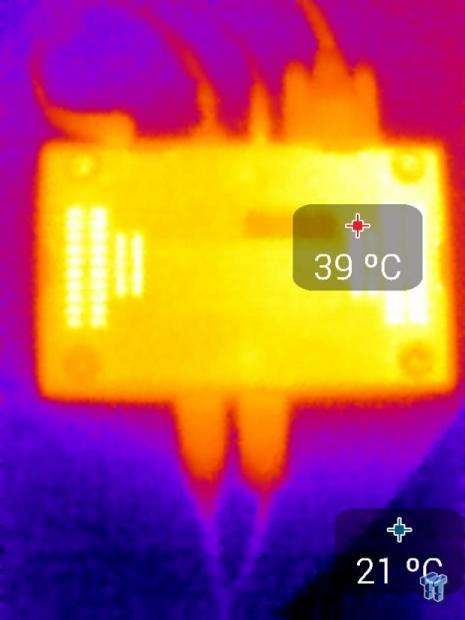
I ran AIDA64 stability test at the same time as 3DMark Vantage to load the CPU, memory, and graphics. The temperature increased 2C on the top side, and the hottest part was the DC power input. The bottom increased 6C, but that is to be expected as the heat sink is located at the bottom of the unit. Overall, these tests prove this unit runs on the cooler side.
It was actually quite hard for me to get it to increase in temperature. The device had been loaded for hours running the benchmarks, and then I applied both stress programs for 30 minutes. I should note that the device sat on my desk and there is good airflow in the test room.
Final Thoughts
What the ECS LIVA X lacks in raw performance, it makes up for in low power consumption and thermals. Its dual-core Intel Celeron N2808 CPU has its limitations, in terms of raw power it loses to the Zotac CI320 (reviewed here) because of its lower core count. While the LIVA X doesn't do well in benchmarks where it is compared based on CPU power, it shines in total-system benchmarks like PCMark8. ECS took the Celeron N2808 and tricked it out by taking advantage of pretty much everything it offers. They maxed out the amount of RAM and took advantage of the PCI-E lanes.
ECS offers a built-in eMMC drive and the option to add in an mSATA drive to expand storage for home media center uses, which also allows you to install other OSes like Windows 7. ECS did a great job of offering many options; HDMI and/or D-SUB (VGA), WIFI and/or wired LAN, and eMMC and/or mSATA. The price of the LIVA X is very important too, at $249.99 it would be a steal if it had an OS, but sadly it doesn't.

The LIVA X's simplistic yet elegant design is a little deceiving. This is a very capable machine. Since most software doesn't require that much CPU power these days, storage and memory make a lot of difference and in that sense the LIVA X can handle almost everything. You definitely can't play PC games like you would on a desktop or edit large videos, but that isn't what these small form factor PCs are made for.
The LIVA X is exactly what a PC this size should be; low-power, silent, and expandable. You can put it in a car and power it through a cigarette lighter as the device uses 1-2A at 12V, something the car can easily provide. If heat is a big issue, then the LIVA X is perfect for you, it doesn't increase in temperature that much, and was never hot to the touch.
A closer look at the power hardware reveals overkill in component selection. That is done to make sure that the components run in their optimal efficiency range to waste less power and decrease temperatures, and we can see this in our tests.
PRICING: You can find the ECS Elitegroup Liva LIVA-XBAT2NBW-464 Desktop for sale below. The prices listed are valid at the time of writing but can change at any time. Click the link to see the very latest pricing for the best deal.
United States: The ECS Elitegroup Liva LIVA-XBAT2NBW-464 Desktop retails for $249.99 at Amazon.
